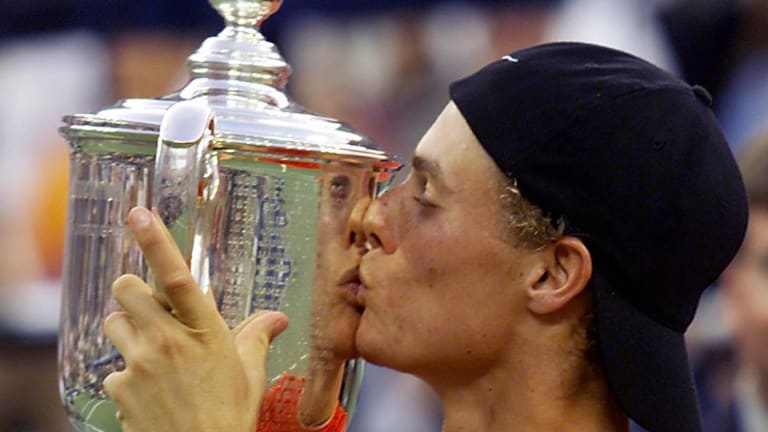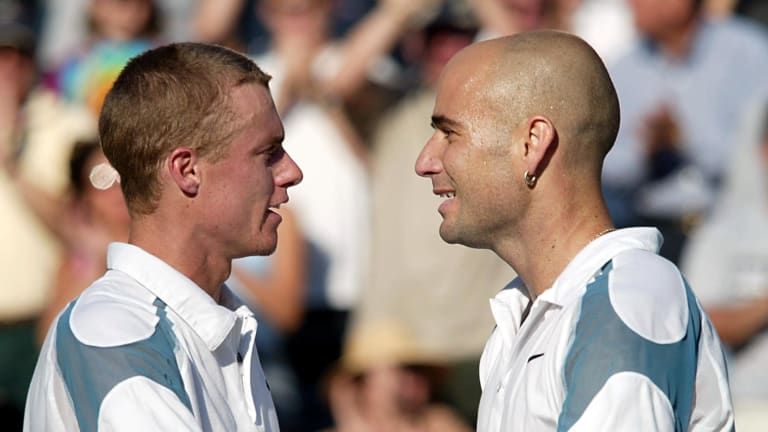International Tennis Hall Of Fame
Classic Rusty: Three matches that defined Lleyton Hewitt's Hall of Fame spirit
By Jul 12, 2022International Tennis Hall Of Fame
Mary Carillo joins Roger Federer with election into International Tennis Hall of Fame
By Nov 19, 2025International Tennis Hall Of Fame
Roger Federer, Juan Martin del Potro lead 2026 nominees for the International Tennis Hall of Fame
By Oct 01, 2025International Tennis Hall Of Fame
Maria Sharapova, brothers Bob and Mike Bryan inducted into International Tennis Hall of Fame
By Aug 24, 2025International Tennis Hall Of Fame
"Surprise!" Serena Williams introduces Maria Sharapova at International Tennis Hall of Fame induction ceremony
By Aug 23, 2025International Tennis Hall Of Fame
Bob and Mike Bryan made music on and off the tennis court
By Aug 20, 2025International Tennis Hall Of Fame
Maria Sharapova was all business, no matter the medium
By Aug 20, 2025International Tennis Hall Of Fame
119 doubles titles, 16 Slams, Hall of Fame: How tennis’ legendary twins, Bob and Mike Bryan, did it all
By Aug 19, 2025International Tennis Hall Of Fame
Maria Sharapova's Hall of Fame induction is tennis royalty well-earned
By Aug 19, 2025International Tennis Hall Of Fame
International Tennis Hall of Fame launches “Be Legendary” youth program in Melbourne, Indian Wells and Miami
By Dec 05, 2024Classic Rusty: Three matches that defined Lleyton Hewitt's Hall of Fame spirit
The Australian will receive his sport's highest honor on Saturday in Newport, R.I. after missing last year's induction ceremony due to the COVID-19 pandemic.
Published Jul 12, 2022
Advertising
Advertising

Hewitt's US Open triumph was Australia's third in five years following Patrick Rafter's 1997-98 title runs.
© AFP via Getty Images
Advertising

Hewitt and Agassi finished with an even 4-4 head-to-head series.
© AFP via Getty Images
Advertising

During a decorated career donning the green and gold, Hewitt helped his nation clinch two Davis Cup crowns. He's served as captain since 2016.
© AFP via Getty Images